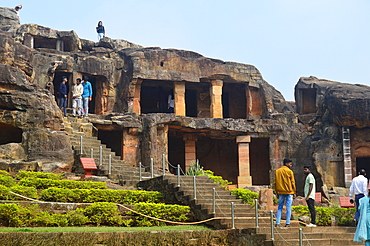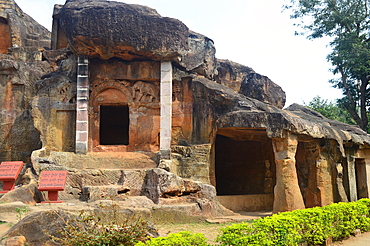Results
8 results found
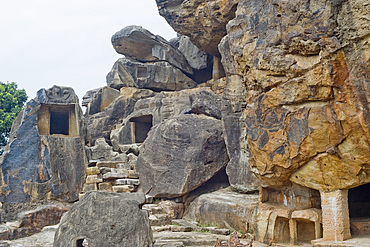
Monks' cells cut into the hillside rock among the Udayagiri and Khandagiri caves dating back to over 100 years BCE sculpted as religious retreats for Jain devotees, Bhubaneswar, Odisha, India, Asia
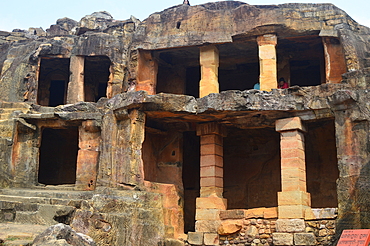
Alkapuri Gumpha Cave No 4 at Udayagiri and Khandagiri located in the outskirt of Bhubaneswar capital of Odisha these caves were built around 1st and 2nd century BC during the reign of King Kharavela of Kalinga dynasty for the abode of Jain ascetics.
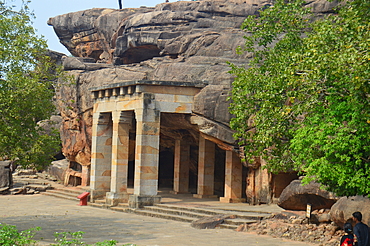
Hathi Gumpha Cave No 14 at Udayagiri and Khandagiri hills located in the outskirt of Bhubaneswar capital of Odisha these caves were built around 1st and 2nd century BC during the reign of King Kharavela of Kalinga dynasty for the abode of Jain ascetics.

Rani Gumpha 'Cave of the Queen'(cave no. 1) at Udayagiri and Khandagiri located in the outskirt of Bhubaneswar capital of Odisha these caves were built in 1st century BC during the reign of King Kharavela of Kalinga dynasty for the abode of Jain ascetics.
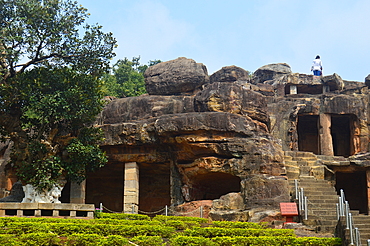
Jai Vijay Gumpha Cave No 5 at Udayagiri and Khandagiri hills located in the outskirt of Bhubaneswar capital of Odisha these caves were built around 1st and 2nd century BC during the reign of King Kharavela of Kalinga dynasty for the abode of Jain ascetics
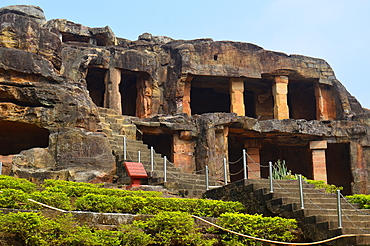
Udayagiri and Khandagiri caves located in the outskirt of Bhubaneswar capital of,Odisha these caves were made around 1st and 2nd century BC.King Kharavela of Kalinga dynasty built these caves for Jain monks to provide them a place to rest and meditate.
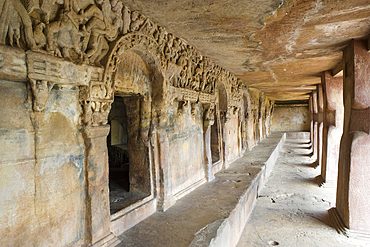
Monks' cells cut into the hillside rock among the Udayagiri and Khandagiri caves dating back to over 100 years BCE sculpted as religious retreats for Jain devotees, Bhubaneswar, Odisha, India, Asia
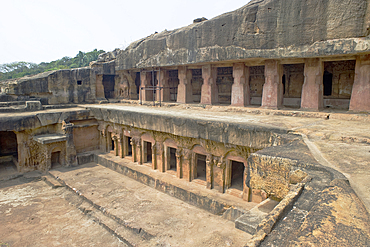
Monks' cells cut into the hillside rock among the Udayagiri and Khandagiri caves dating back to over 100 years BCE sculpted as religious retreats for Jain devotees, Bhubaneswar, Odisha, India, Asia
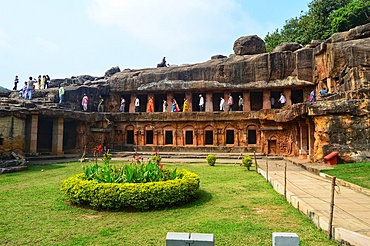
Udayagiri and Khandagiri caves located in the outskirt of Bhubaneswar capital of,Odisha these caves were made around 1st and 2nd century BC.King Kharavela of Kalinga dynasty built these caves for Jain monks to provide them a place to rest and meditate.
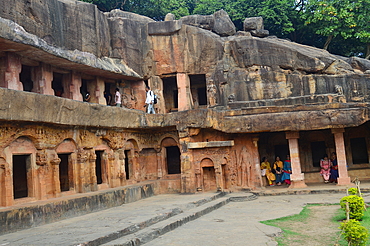
Udayagiri and Khandagiri caves located in the outskirt of Bhubaneswar capital of,Odisha these caves were made around 1st and 2nd century BC.King Kharavela of Kalinga dynasty built these caves for Jain monks to provide them a place to rest and meditate.
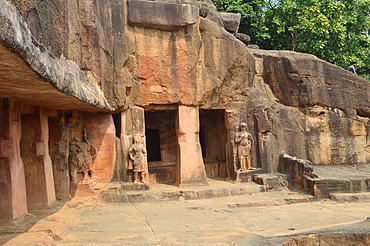
Udayagiri and Khandagiri caves located in the outskirt of Bhubaneswar capital of,Odisha these caves were made around 1st and 2nd century BC.King Kharavela of Kalinga dynasty built these caves for Jain monks to provide them a place to rest and meditate.
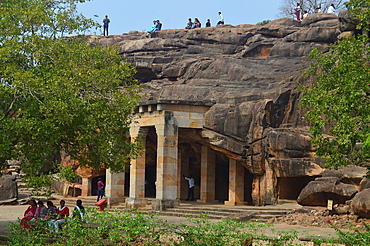
Udayagiri and Khandagiri caves located in the outskirt of Bhubaneswar capital of,Odisha these caves were made around 1st and 2nd century BC.King Kharavela of Kalinga dynasty built these caves for Jain monks to provide them a place to rest and meditate.
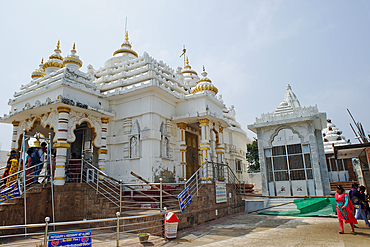
The hilltop Digambara Jain Temple stands above the Udayagiri and Khandagiri complex of caves dating back to over 100 years BCE, Bhubaneswar, Odisha, India, Asia
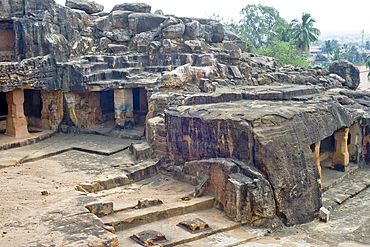
Monks' cells cut into the hillside rock among the Udayagiri and Khandagiri caves dating back to over 100 years BCE sculpted as religious retreats for Jain devotees, Bhubaneswar, Odisha, India, Asia
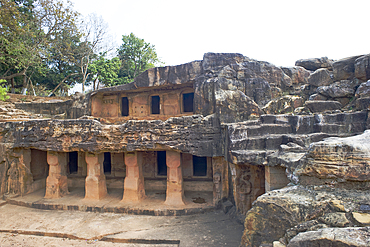
Monks' cells cut into the hillside rock among the Udayagiri and Khandagiri caves dating back to over 100 years BCE sculpted as religious retreats for Jain devotees, Bhubaneswar, Odisha, India, Asia
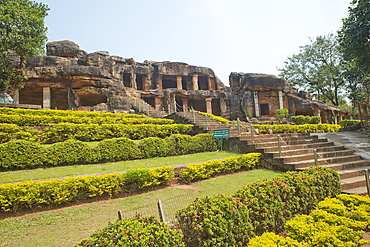
Garden at the entrance to the Udayagiri and Khandagiri caves dating back to over 100 years BCE, sculptured into the hillside as religious retreats for Jains, Bhubaneswar, Odisha, India, Asia
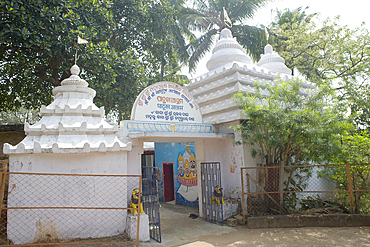
A small sanctuary near the entrance to the Udayagiri and Khandagiri caves dating back to over 100 years BCE, sculptured into the hillside as religious retreats for Jains, Bhubaneswar, Odisha, India, Asia
